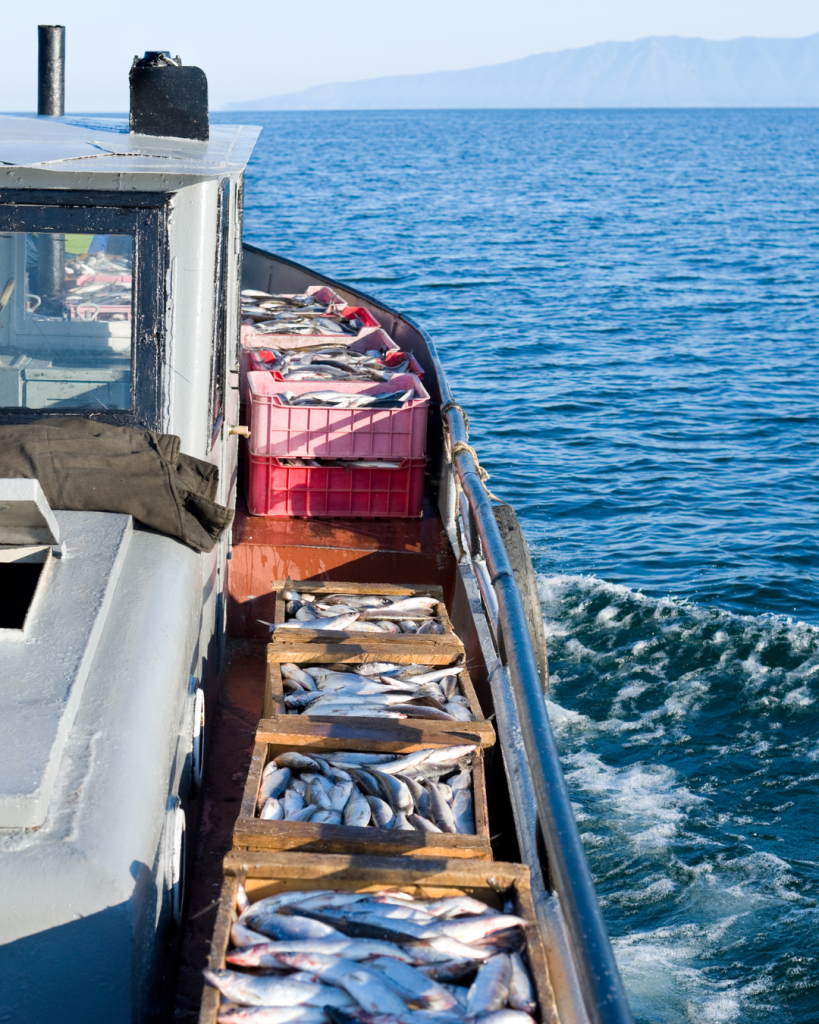Fishery Improvement Projects (FIPs)
“Efforts to create a socially responsible seafood movement have rapidly developed: there are more than 40 organizations addressing human rights and labor conditions in fisheries. Many of these efforts exclusively focus on social gains.”
-2020 Global Landscape Review of FIPs, CEA

What are Fishery Improvement Projects (FIPs)?
FIPs, like many other seafood initiatives, have begun to integrate elements of social responsibility into existing improvement efforts in response to the growing importance of social responsibility in the seafood sector. Acknowledging this movement, FisheryProgress.org recently launched a Human Rights and Social Responsibility Policy that applies to all FIPs reporting on its site. Additionally, FIP implementers such as Conservation International and Ocean Outcomes are embedding social metrics into their FIPs.

Measuring Social Performance in FIPs
Co-produced by various seafood and human rights organizations, the Social Responsibility Assessment Tool for the Seafood Sector (SRA Tool) is a diagnostic or rapid assessment tool—to assess the risk of social issues, identify areas in need of improvement, and inform the development of a FIP workplan that includes a social element. While the SRA Tool is not a certification, it enumerates existing resources and approaches relevant to achieving social responsibility certification.
How to Support FIPs
“End buyers are growing concerned about labor abuses in their supply chains but are unsure how to proceed (if at all) in the near future.”
-2020 Global Landscape Review of FIPs, CEA.
FIPs help drive environmental, traceability, and social responsibility improvements in seafood supply chains that are not yet considered to be sustainably managed. Companies can support FIPs in a range of ways, including: sourcing from a company engaged in a verifiable FIP; contributing financially or in-kind to a FIP’s improvement efforts; becoming involved in FIP work plan activities; asking your supply chain to establish or participate in a FIP; asking if there are additional engagement opportunities to help advance FIP progress.
See these recommendations and other information about FIPs through the Conservation Alliance for Seafood Solutions’ Guidelines for Supporting Fishery Improvement Projects. See how FIPs report publicly on social and environmental progress through FisheryProgress.org. To learn more about social and environmental assessments of FIPs, see the SFP FIP Toolkit, FishSource database, and Buyers Guide to FIP Profiles (FisheryProgress).
